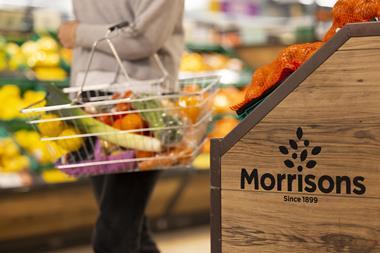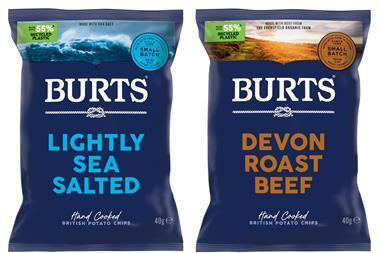Some of the nation’s favourite dishes face a radical overhaul as the industry bids to show the government it is serious about tackling the obesity crisis, The Grocer can reveal.
From spaghetti bolognese to chicken korma, plans have been drawn up by leading supermarkets and suppliers to boost the fruit and veg content of their products at the expense of fatty, high energy density ingredients.
In some cases the radical plans will even see consumers encouraged to eat bigger portion sizes that satisfy their appetites while providing more low energy density food.
Spearheaded by IGD, the strategy claims it will have a broad appeal as many customers view low-calorie foods as a major turn-off. It is also aimed at satisfying the Department of Health, which is drawing up plans for an obesity White Paper and seeking commitments from the industry to slash calorie intake in the next phase of the Responsibility Deal.
Companies including Morrisons, Waitrose, PepsiCo and Kellogg’s were part of a working group that drew up the proposals. They have said they will start reformulating products such as ready meals and also launch an education programme urging consumers to change the way they use ingredients.
The initiative has the support of all the leading retailers and most of the UK’s biggest suppliers. “We will be taking this back into our own product development and we also need to get our suppliers on board with this,” said Joanne Lunn, a nutritionist for Waitrose. “It’s about our customers either consuming fewer calories with the same portion or actually increasing portion sizes for the same calories and leaving consumers more satisfied. I think it gives a message to the government.”
Bridget Benelam, nutrition scientist at the British Nutrition Foundation, who was also part of the panel, added: “This could have a massive impact on obesity. The fact that you can eat more is quite a nice thing to tell consumers. There’s obviously going to be a lot of pressure on the food industry from the government and pressure groups and a lot of it is going to be about increasing the amount of fruit and veg in food. This is one of the major ways in which it can be done.”
A DH spokesman said: “The department welcomes all work by business to help people lower their calorie intake and eat more fruit and veg. We are working with the industry through the Public Health Responsibility Deal on pledges to deliver on these objectives, as part of our wider programme of work tackling obesity.”
A beginner’s guide to energy density
Energy density is the calorie content per unit weight of a food product Experts recommend foods with a low energy density such as fruit and veg and starchy carbohydrates make up the majority of a person’s diet Foods with a high energy density tend to be high in fat and/or low in water content Low calorie density foods provide fewer calories per gramme, which means people can eat more while consuming fewer calories Research by IGD has indicated that nearly a third of food businesses seldom or never consider calorie density in NPD More than a third of businesses have reformulated products to reduce calories and around half have taken measures to strip out sugar and fat A chicken korma made with full-fat milk and yoghurt weighs in at 400kcals, whereas a light chicken korma with low-fat fromage frais and stock has 245kcal A spaghetti bolognese dish with whole-wheat spaghetti, added veg and lean mince contains the same 525kcal as a much smaller portion with standard mince, bacon and cheese and is more likely to satisfy hunger



















No comments yet